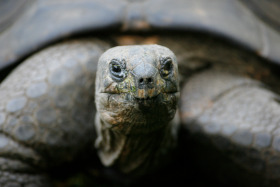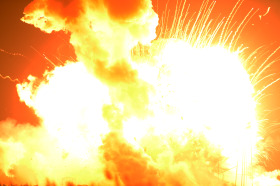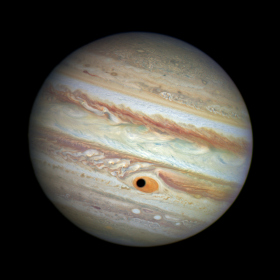
Ever wondered what sunrise looks like from space?
Following the explosion of the Antares rocket, Astronaut Reid Wiseman shot this picture of the sunrise, captured from the International Space Station (ISS).
“Not every day is easy,” Wiseman wrote. “Today was a tough one.”
He was referring to the failure of the Orbital Sciences Corporation Antares rocket and Cygnus spacecraft, moments after launch at NASA’s Wallops Flight Facility in Virginia. The Cygnus spacecraft was filled with about 5,000 pounds of supplies slated for the ISS, including science experiments, hardware, spare parts and crew provisions. The station crew is in no danger of running out of food or other critical supplies, NASA said.



